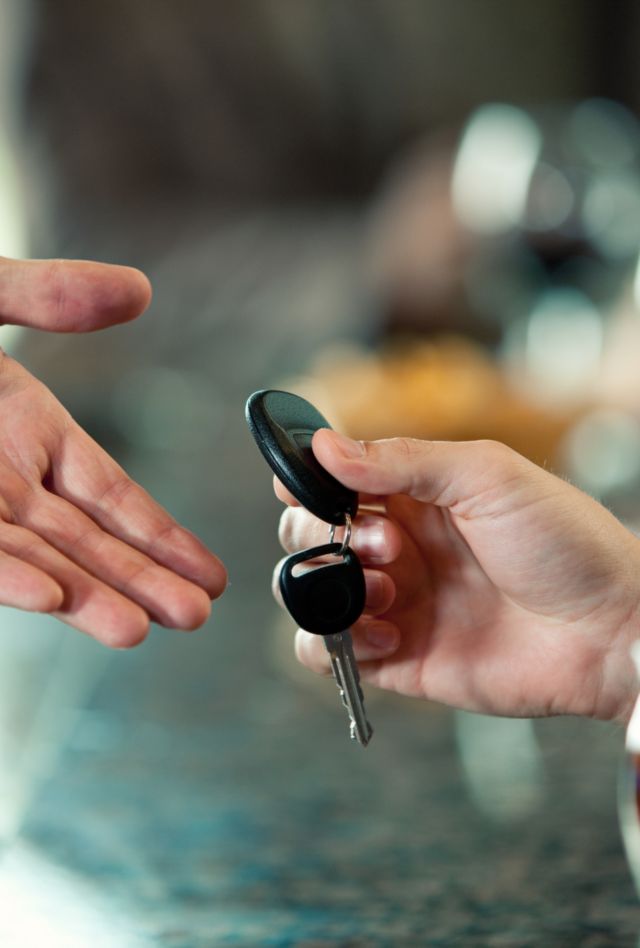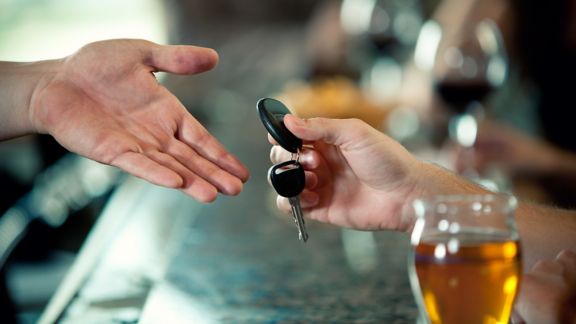Effectiveness of State Alcohol Ignition Interlock Laws

Problem
There are three different types of interlock laws. Are there different effects? What type of law had the greatest impact?
Alcohol-impaired driving results in thousands of deaths annually. Alcohol ignition interlocks require a negative breath test for the presence of alcohol to start a vehicle’s engine, and as of 2014, some 44 states had mandated some form of interlock law for drivers convicted of driving while intoxicated (DWI).
There is strong evidence that interlocks reduce DWI recidivism, but is there also a general deterrent effect of the laws on impaired driving? The objective of this study was to estimate the association between interlock laws and fatal impaired-driving crashes.
Solution
Dive into the data: The Year Interlock Law Adopted by State and Impaired Driving Fatal Crashes by State by Year.
Legal research was conducted to determine the kind of ignition interlock law that was adopted and the year the law went into effect. The Fatality Analysis Reporting System was used in the analysis of impaired driving fatal crashes in the state. Differences in three interlock laws were evaluated by comparing alcohol-impaired passenger vehicle drivers involved in fatal crashes between 2001 and 2019 in the United States across state and time. State/time differences unrelated to interlock laws were controlled for by fitting a Poisson model. The exposure measure was the number of passenger vehicle drivers in fatal crashes that did not involve impaired drivers. Laws requiring interlocks for drivers convicted of DWI covered: repeat offenders, repeat offenders and high-BAC offenders, all offenders, or none.
Result
Interlock laws have a general deterrent effect on impaired driving.
The number of states with all-offender interlock laws during the study period went from three in 2001 to 29 in 2019, and the number of states with any of the three laws increased from 16 to 44. States with all-offender laws were associated with 26 percent fewer drivers with 0.08 BACs involved in fatal crashes, compared to States with no law. States with repeat-offender laws were associated with a 9 percent reduction in impaired drivers, compared to states with no law. States with repeat and high-BAC laws were associated with a 20 percent reduction in impaired drivers in fatal crashes, compared with no law.
Related Tags
Published Research
-
“State Alcohol Ignition Interlock Laws and Fatal Crashes.”
Journal Article | October 22, 2021







